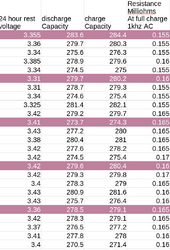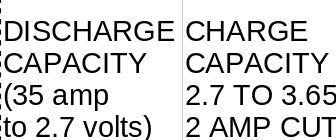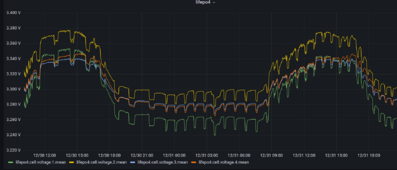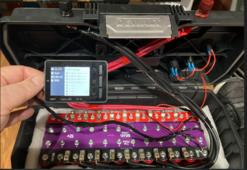I have 4 x 300Ah Catl cells on my full time liveaboard sailing boat. No balancing BMS, they've been constantly in use for over a year now. The centre 2 cells seem to be up to maybe 30mV less than the outside 2 cells but overall pretty closely matched. Has anyone tried using a separate battery & CV/ CC dc converter to do the job of an active cell balancer? Thinking maybe connect the separate power supply to one of the lower cells & push in a tiny bit of power then monitor again. And set the CV so it can't go much above the other cells. Obviously no common earth. Seems pretty much what an active balancer does anyway? The boat is never near mains power so it's quite difficult to top balance the cells again & carry on living with no electricity.. 
And what's the best way to test for balance anyway? Charged & let them rest then check the voltages?
And what's the best way to test for balance anyway? Charged & let them rest then check the voltages?






